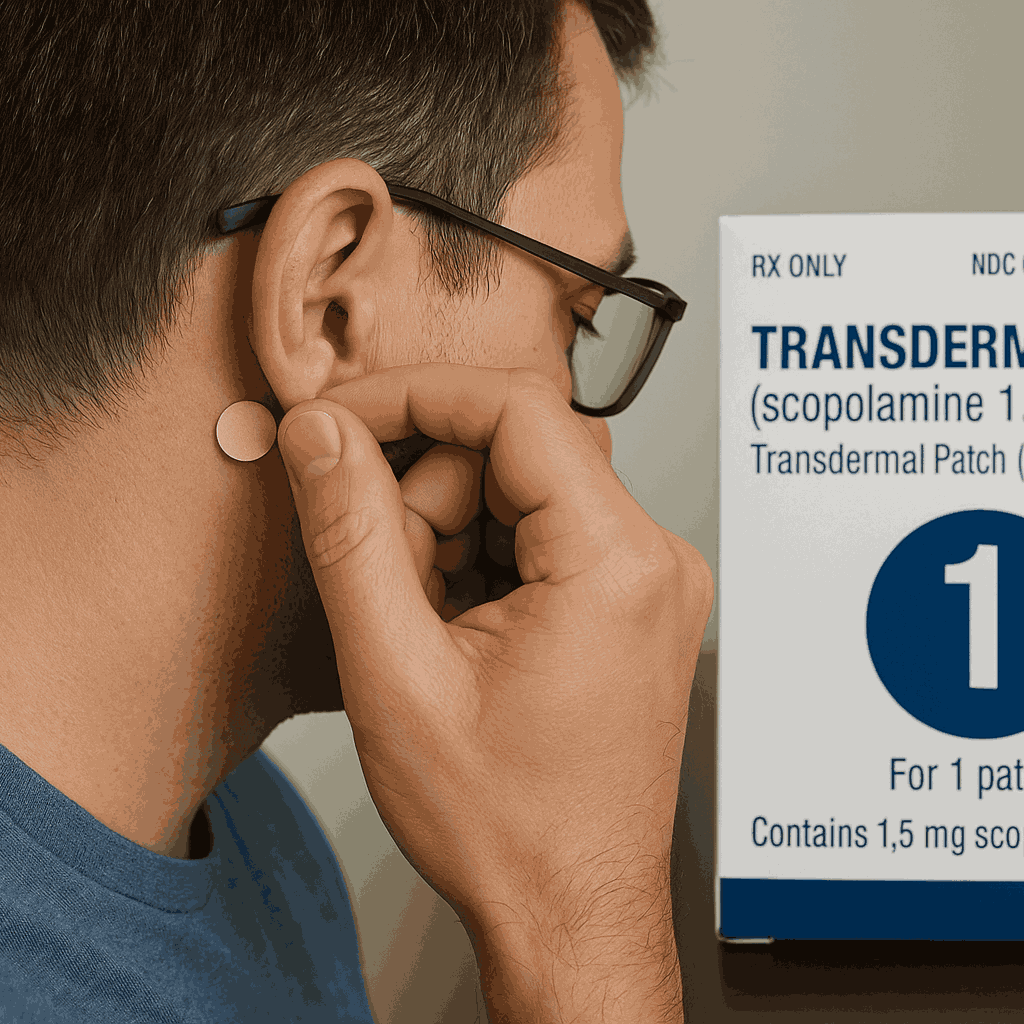17 July 2025
Article updated on 17 July 2025 after ODAC meeting
Category: Drug Safety & Regulatory Affairs I Adverse Events & Warnings I
Oncology Drug Safety
Written by: Pharmacally Medical News Desk
The U.S. Food and Drug Administration (FDA) has raised concerns over the safety profile of GlaxoSmithKline’s (GSK) Blenrep (belantamab mafodotin), presenting in a briefing document to the Oncologic Drugs Advisory Committee (ODAC) ahead of the July 17, 2025, meeting. In a briefing document, the FDA has stressed persistent and severe ocular toxicities in patients treated with the drug for relapsed or refractory multiple myeloma (RRMM). This disclosure creates doubt on the long-term practicability of Blenrep’s proposed dosages despite encouraging efficacy results in DREAMM clinical trials.
History of Blenrep
Blenrep was originally granted accelerated approval in 2020, and it was positioned as a breakthrough antibody-drug conjugate (ADC) targeting the B-cell maturation antigen (BCMA). Its approval was based on early efficacy signals in heavily pretreated multiple myeloma patients. However, it was withdrawn from the U.S. market in 2023 following the failure of its confirmatory DREAMM-3 trial to meet the primary progression-free survival (PFS) endpoint. The monotherapy dosage of belantamab mafodotin was 2.5 mg/kg IV once every 3 weeks.
Despite this setback, GSK returned with new data from two pivotal Phase 3 trials, DREAMM-7 and DREAMM-8, evaluating Blenrep in combination with standard multiple myeloma therapies, including:
In combination with bortezomib and dexamethasone in patients who have received at least one prior line of therapy. Dosage was 2.5 mg/kg of actual body weight IV once every 3 weeks, and
In combination with pomalidomide and dexamethasone in patients who have received at least one prior line of therapy, including lenalidomide, dosage was 2.5 mg/kg of body weight IV once on Cycle 1, followed by 1.9 mg/kg IV once every 4 weeks starting on Cycle 2
Both trials have demonstrated prominent efficacy. In DREAMM-7, the median PFS was 37 months in the Blenrep arm compared to 13 months in the control group. Similarly, in DREAMM-8, the PFS hazard ratio favored Blenrep combinations. Even though achieving these significant results, the toxicities and safety concerns overshadowed the efficacy performance.
Mechanism of Belantamab Mafodotin
Belantamab mafodotin is an antibody-drug conjugate (ADC) that specifically targets B-cell maturation antigen (BCMA), a cell surface protein highly expressed on malignant plasma cells in multiple myeloma.
The FDA’s concern over ocular toxicity is as follows:
During the DREAMM-7 and DREAMM-8 trials, higher rates of Grade 3-4 treatment-emergent adverse events (TEAEs) on the belantamab mafodotin-containing arm of each study have been observed. (95% and 92% patients experienced TEAE in DREAMM-7 and DREAMM-8 trial arms, respectively.)
The most common eye-related TEAEs with the DREAMM-7 Belantamab arm (≥20%) were blurred vision, peripheral neuropathy, dry eye, photophobia, foreign body sensation in the eye, eye irritation, and eye pain.
The most common eye-related TEAEs with the DREAMM-8 Belantamab arm were blurred vision, dry eye, foreign body sensation, eye irritation, photophobia, eye pain, cataracts, and reduced visual acuity.
Based on the Sponsor’s Keratopathy and Visual Acuity (KVA), 77% of patients treated in DREAMM-7 Belantamab arm and 78% of patients treated in DREAMM-8 Belantamab arm experienced Grade 3-4 KVA events
High rates of treatment interruptions due to KVA events (DREAMM-7 Belantamab arm 74%; DREAMM-8 Belantamab arm 75%).
The FDA noted that Ocular toxicity is a key safety concern with belantamab mafodotin as described above, and it may lead to irreversible vision loss. The FDA believed the ocular toxicity is related to nonspecific uptake of the MMAF payload into corneal epithelial cells; other factors, such as a systemic inflammatory response, may also contribute to the toxicity.
Potential Mechanism of Ocular Toxicity
Even if the BCMA (The target of belantamab) is not found in the eye, belantamab mafodotin can still enter corneal cells by a nonspecific process called macropinocytosis, leading to cell damage. Lab studies have shown that the drug’s toxic payload can harm corneal cells even at low concentrations. In animal studies, signs of eye damage included cell death, cloudiness, blood vessel growth, and retinal changes. Additionally, inflammation caused by the drug may also play a role in these eye problems.
FDA concern over dosage optimization
Apart from safety concerns, the FDA also raised questions on GSK for limited dose exploration. FDA has already warned GSK to evaluate lower or less frequent dosing schedules during initial withdrawal in 2023. Still, GSK proceeded with a dosing regimen similar to the previously withdrawn monotherapy dose of 2.5 mg/kg every three weeks in DREAMM-7 and a slightly lower frequency (1.9 mg/kg) in the DREAMM-8 trial.
However, in favor of GSK a supporting data from M Protein modelling studies and post-marketing research (DREAMM-14) suggested that efficacy might be preserved with lower doses and longer intervals, potentially reducing the toxicity burden. Nevertheless, the current submissions lacked robust evidence to confirm these lower-dose benefits.
Waiting for Regulatory Decision
The FDA’s core concern remains whether the dosages used in DREAMM-7 and DREAMM-8 are justified because of substantial and sometimes irreversible ocular toxicities.
However, the efficacy data are fulfilling the requirements for regulatory consideration, but the safety profile challenges the overall benefit-risk balance.
The agency has convened the ODAC not just to review the efficacy of Blenrep but on purpose came in to highlight the point of whether a truly optimized and tolerable dosing regimen has been established.
Update from ODAC meeting
The ODAC meeting that concluded on July 17, 2025, voted against the benefit–risk profile of GSK’s Blenrep (belantamab mafodotin) in its current combination regimens for relapsed/refractory multiple myeloma.
For the Blenrep + bortezomib/dexamethasone (BVd) combination, the vote was 5 against and 3 in favor.
For the Blenrep + pomalidomide/dexamethasone (BPd) regimen, the vote was 7 against, 1 in favor
ODAC’s recommendation is non-binding, but historically, the FDA tends to align with its advisory committee.
FDA reviewers and ODAC stressed the need for lower-dose studies and better strategies to mitigate eye toxicity before any approval can be considered.
The final FDA decision, previously expected around the PDUFA date of July 23, 2025, may be delayed or denied, depending on GSK’s ability to address these concerns
Conclusion
GSK’s molecule shows therapeutic promise for a challenging disease like multiple myeloma, but the ocular toxicity risks, especially in the absence of well-defined, lower-risk dosing protocols, may significantly hinder its path to full approval.
Update: The ODAC has rejected the current dosing regimens of Blenrep combinations, citing eye safety issues and insufficient dose optimization. GSK will likely need to conduct further studies—particularly on reduced dosing or enhanced risk management—before FDA approval can move forward.
References
FDA Briefing Document, BLA 761440 Drug name: Blenrep (belantamab mafodotin), Oncologic Drugs Advisory Committee Meeting July 17, 2025 https://www.fda.gov/media/187578/download
FDA’s ODAC Votes against Risk: Benefit Profiles of Belantamab Mafodotin Combos in R/R Myeloma, OncLive, 17 July 2025, https://www.onclive.com/view/fda-s-odac-votes-against-risk-benefit-profiles-of-belantamab-mafodotin-combos-in-r-r-myeloma
GSK provides update on US FDA advisory committee review of Blenrep (belantamab mafodotin-blmf) combinations for patients with relapsed/refractory multiple myeloma, GSK, https://www.gsk.com/en-gb/media/press-releases/gsk-provides-update-on-us-fda-advisory-committee-review-of-blenrep-belantamab-mafodotin-blmf-combinations-for-patients-with-relapsedrefractory-multiple-myeloma/



